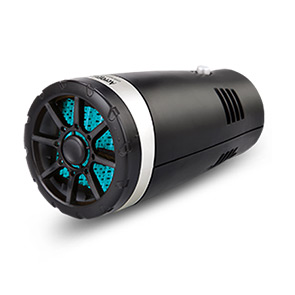throttle cable control
Understanding Throttle Cable Control A Critical Component in Automotive Engineering
Throttle cable control plays a pivotal role in the functionality and performance of various motor vehicles, especially in those with internal combustion engines. This seemingly simple mechanism serves as the intermediary between the driver’s input and the engine’s response, fundamentally shaping the driving experience. Understanding its components, functionality, and potential issues can deepen our appreciation for automotive engineering and highlight the importance of maintenance and repair.
What is Throttle Cable Control?
At its core, a throttle cable is a mechanical component that connects the accelerator pedal to the throttle body. The throttle body regulates the amount of air entering the engine, which directly influences the power output. When a driver presses the accelerator pedal, the cable is pulled, which, in turn, opens the throttle valve, allowing more air to mix with fuel and enter the combustion chamber. This process is crucial for increasing engine speed and thus vehicle acceleration.
Throttle cables are typically made from durable materials, often braided steel, to withstand the rigors of constant tension and movement. Depending on the vehicle design, the linkage may be direct or may involve pulleys to optimize space and movement dynamics. In recent years, many vehicles have transitioned to electronic throttle control systems that use sensors and motors rather than mechanical cables, but understanding traditional throttle cable systems remains essential, especially for enthusiasts and classic car restorers.
The Importance of Throttle Cable Control
Throttle cable control is integral not only for performance but also for safety. A responsive throttle system allows for better handling and responsiveness, which is crucial during emergency maneuvers. If the throttle does not react appropriately, it can lead to dangerous situations, from inadequate acceleration to throttle sticking, which could result in loss of control.
Moreover, the precision of throttle control affects fuel efficiency. An overly responsive throttle may lead to excessive fuel consumption, while a sluggish response can hinder performance. Manufacturers design these systems to balance power delivery with efficiency, contributing to a vehicle's overall performance characteristics.
throttle cable control

Common Issues with Throttle Cables
Like any mechanical component, throttle cables can experience wear and tear over time. One common issue is cable fraying, which can lead to decreased performance or even complete failure of the throttle response. Environmental factors such as extreme temperatures, moisture, and dirt can exacerbate these issues, causing the cable to corrode or stiffen.
Additionally, improper installation or adjustment can lead to throttle lag, where the engine fails to respond immediately to accelerator input. This results in a disjointed driving experience and can pose safety hazards.
Maintenance and Troubleshooting
Regular maintenance of the throttle cable is essential for ensuring its longevity and reliability. It is advisable to conduct periodic inspections, especially in older vehicles, to check for signs of wear, such as fraying or rust. Lubrication can also help prevent stiffness and ensure smooth operation. If the throttle response feels delayed or unresponsive, it may be necessary to examine the cable and its connections.
If a problem is detected, replacing the throttle cable is often a straightforward process. However, it requires some mechanical knowledge and could vary significantly depending on the make and model of the vehicle. Following the manufacturer's guidelines or consulting a professional mechanic is recommended to ensure proper handling.
Conclusion
Throttle cable control is more than just a basic automotive component; it embodies the essential connection between human intention and machine action. Understanding its functionality, implications for vehicle performance, and common issues allows drivers to appreciate the engineering behind the automotive world. As vehicles continue to evolve with technology, the principles behind throttle cable control remain relevant, reflecting the enduring significance of this crucial component in automotive design and safety. Whether you are a car enthusiast, a driver, or a mechanic, recognizing the importance of maintaining a well-functioning throttle cable can enhance safety and performance on the road.
-
Workings of Clutch Pipe and Hose SystemsNewsJun.04,2025
-
The Inner Workings of Hand Brake Cable SystemsNewsJun.04,2025
-
The Secrets of Throttle and Accelerator CablesNewsJun.04,2025
-
The Hidden Lifeline of Your Transmission Gear Shift CablesNewsJun.04,2025
-
Demystifying Gear Cables and Shift LinkagesNewsJun.04,2025
-
Decoding Clutch Line Systems A Comprehensive GuideNewsJun.04,2025
